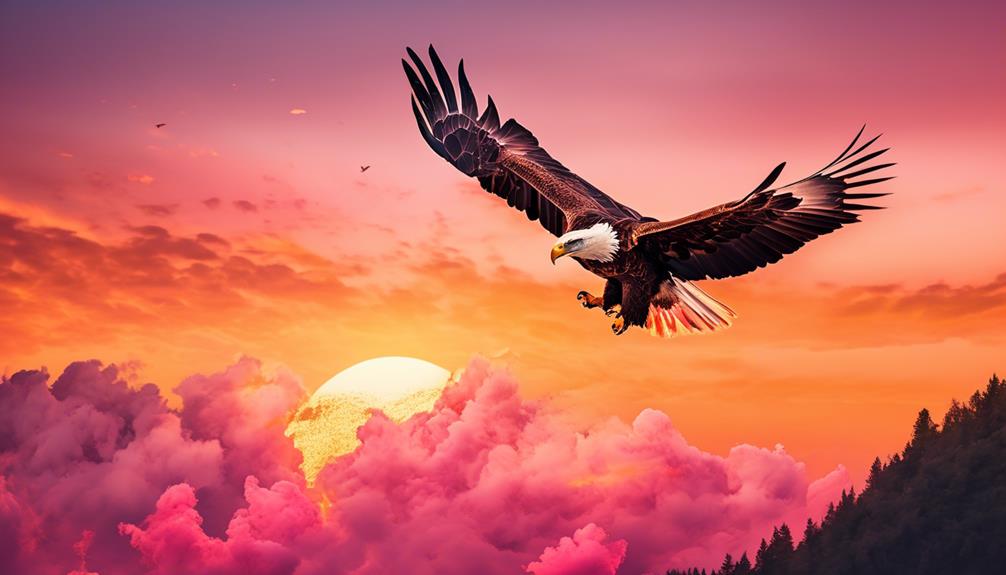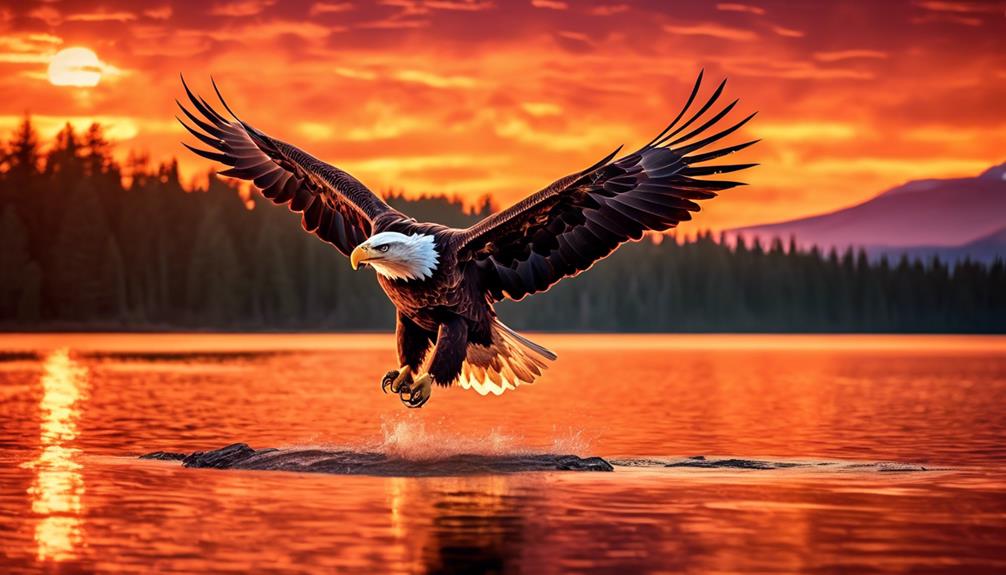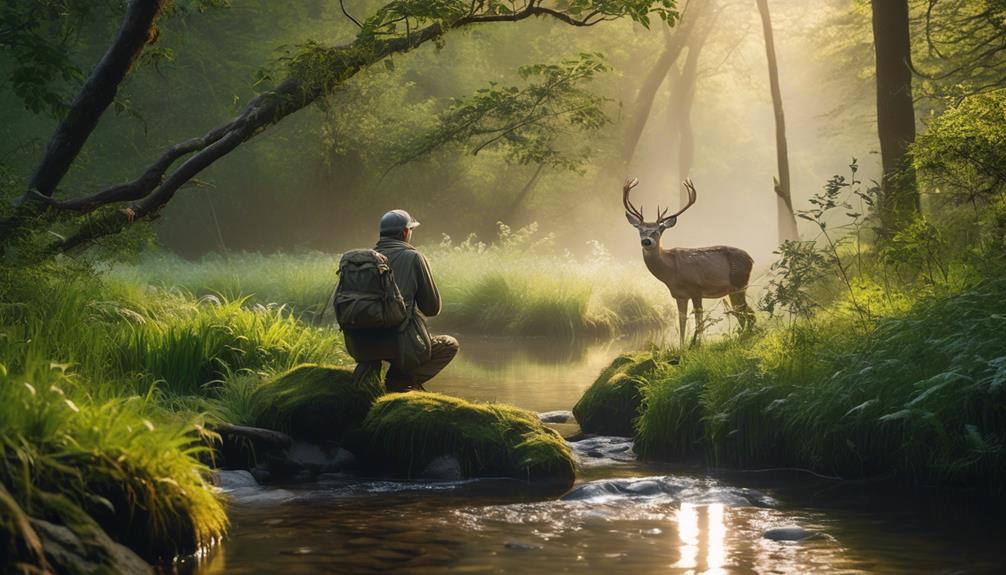Please note this post may contain affiliate links picked by me (Jay) that I have deemed may be of interest or relevant to you the reader of this.
These links do not affect the cost of the thing if you decide to purchase but i may get a little money if you choose to purchase.
For more information on my affiliate link policy click here.
Well, well, well, look who's ready to embark on a wild adventure into the realm of wildlife photography!
Strap on your safari hat and get ready to capture nature's most elusive creatures, because this ultimate guide is about to take you on a journey you won't soon forget.
From the importance of wildlife photography to choosing the right equipment, finding inspiration in nature, and even tips for editing and sharing your jaw-dropping photos, we've got it all covered.
So grab your camera, tighten your shoelaces, and prepare to unleash your inner wildlife paparazzi. It's going to be a wild ride!
Key Takeaways
- Wildlife photography is important for raising awareness about conservation efforts and educating the public about the challenges faced by different species.
- Choosing the right equipment, such as telephoto lenses and cameras with fast burst mode, is crucial for capturing wildlife moments effectively.
- Finding inspiration in nature and embracing unexpected moments can lead to capturing the essence and diversity of wildlife.
- Editing and sharing wildlife photos can enhance their visual appeal and inspire others to appreciate and support wildlife conservation.
Importance of Wildlife Photography
Wildlife photography isn't just about capturing breathtaking images; it's a powerful tool that allows us to appreciate the beauty and diversity of the animal kingdom while raising awareness about the importance of conservation.
But you might be wondering, how does snapping pictures of animals actually help with conservation efforts and the impact on wildlife population? Well, my friend, let me enlighten you.
First and foremost, wildlife photography serves as a visual documentation of the incredible creatures that roam our planet. These images serve as a reminder of the awe-inspiring beauty that exists in nature. By sharing these photos, we're able to inspire others and create a connection between people and wildlife. This connection motivates individuals to take action and support conservation initiatives.
Moreover, wildlife photography provides scientists with valuable data that can contribute to conservation efforts. Through detailed observations, photographers can document behaviors, habitats, and population dynamics of various species. This information is vital for researchers and conservationists to develop effective strategies to protect and preserve wildlife.
Additionally, wildlife photography plays a crucial role in educating the public about the challenges faced by different species. By capturing captivating images, photographers can tell stories and shed light on the threats that animals are facing, such as habitat destruction and poaching. These stories evoke emotions in viewers and encourage them to take a stand and support conservation organizations.
Choosing the Right Equipment
Now that we understand the importance of wildlife photography and its impact on conservation, let's dive into the exciting world of choosing the perfect equipment to capture those mesmerizing shots. As a beginner, it's easy to get overwhelmed with all the options out there. But fear not, my fellow wildlife enthusiasts, for I'm here to guide you through the maze of lenses and camera settings!
First things first, choosing the right lenses. When it comes to wildlife photography, you want to get up close and personal with your subjects without actually getting too close and personal. That's where telephoto lenses come in. These bad boys allow you to zoom in on your subjects from a safe distance, capturing every intricate detail. Look for lenses with a focal length of at least 300mm to get those crisp, close-up shots.
Next, let's talk camera settings. Wildlife photography is all about capturing those split-second moments, so you need a camera that can keep up. Look for a camera with a fast burst mode, so you can capture multiple frames per second. This will increase your chances of getting that perfect shot when your subject is in action.
Understanding camera settings is crucial for achieving the desired results. Take the time to learn about aperture, shutter speed, and ISO. These settings control the amount of light entering the camera, the motion blur, and the image noise respectively. Experiment with different settings to find what works best for you and the specific wildlife you're photographing.
Finding Inspiration in Nature
As I step into the vast wilderness, my senses awaken to the symphony of nature's beauty, a harmonious blend of vibrant colors, melodious birdsong, and the gentle rustling of leaves. Nature exploration is like embarking on a treasure hunt, where each step reveals a hidden gem.
Here are four ways to find inspiration in nature:
- Embrace the Unexpected: Nature has a way of surprising us with its unpredictability. From stumbling upon a rare species of butterfly to witnessing a majestic eagle soaring through the sky, you never know what wonders await around the next corner.
- Lose Yourself in the Details: Take a closer look at the intricate patterns on a flower petal or the delicate web spun by a spider. Nature's design is awe-inspiring, and by focusing on the smaller details, you can capture the essence of its beauty.
- Follow the Rhythm: Nature has its own rhythm, from the ebb and flow of waves crashing against the shore to the gentle sway of grass in the wind. By immersing yourself in the natural rhythms around you, you can capture moments that evoke a sense of tranquility and peace.
- Celebrate Wildlife Conservation: Nature exploration goes hand in hand with wildlife conservation. By photographing the incredible diversity of wildlife, you can raise awareness about the importance of preserving our natural habitats and inspire others to take action.
Tips for Capturing Wildlife Moments
When it comes to capturing those perfect wildlife moments, get ready to unleash your inner stealth mode and embrace your inner nature ninja. Wildlife photography is all about being in the right place at the right time, armed with the right techniques.
So, grab your camera and let's dive into some tips that will help you capture those jaw-dropping shots.
To begin with, let's talk about wildlife photography techniques. One of the most important things is to be patient and observant. Wildlife can be unpredictable, so you need to be ready to capture the moment when it happens. Use a telephoto lens to get closer to your subject without disturbing them. This will allow you to capture those intimate details that make wildlife photography so captivating.
Now, let's move on to the best locations for wildlife photography. Nature reserves, national parks, and wildlife sanctuaries are great places to start. These areas are specifically designed to protect and preserve wildlife, giving you the opportunity to capture them in their natural habitat. Research the area beforehand and find out which animals are commonly seen there. This will help you plan your visit and increase your chances of getting those amazing shots.
Editing and Sharing Your Wildlife Photos
Alright, fellow wildlife photography enthusiasts, we've captured those jaw-dropping shots in the wild, but now it's time to bring out our inner digital artist and unleash the power of editing and sharing our wildlife photos.
Trust me, with the right photo editing techniques, you can transform your already amazing shots into masterpieces that will leave everyone in awe. And once your photos are ready, it's time to show them off on social media platforms, where the world can marvel at your talent.
Here are four steps to take your wildlife photos to the next level:
- Enhance the colors: Use editing software to bring out the vibrant hues of nature. Make those greens greener, those blues bluer, and those oranges more vibrant, so that your photos look as if they were painted by Mother Nature herself.
- Sharpen the details: Zoom in and use tools to enhance the fine details of your subjects. Bring out the texture of feathers, the sparkle in their eyes, and the intricate patterns on their skin. Let your audience feel like they can reach out and touch the wildlife.
- Play with light and shadows: Experiment with different lighting effects to create a dramatic atmosphere. Highlight the golden hour glow or create a mysterious silhouette against a setting sun. Let the lighting tell a story and evoke emotions in your viewers.
- Crop and compose: Sometimes, the perfect shot is just a crop away. Remove distractions, adjust the composition, and frame your subject in a way that draws attention to its beauty. Be bold and experiment with unconventional angles to create unique perspectives.
Now that your photos are edited to perfection, it's time to share them on social media platforms. Whether it's Instagram, Facebook, or Twitter, these platforms offer a wide audience for your wildlife photography. Use hashtags, engage with fellow photographers, and let your creativity shine.
Frequently Asked Questions
How Can I Ensure the Safety and Well-Being of the Wildlife While Photographing Them?
Well, when it comes to wildlife photography, the safety and well-being of the animals should always be a top priority. To ensure this, there are a few techniques you can follow.
First, maintain a safe distance from the animals to avoid disturbing them.
Second, never disrupt their natural behavior or habitat.
And finally, always research and follow ethical wildlife photography guidelines.
What Are Some Ethical Considerations to Keep in Mind When Photographing Wildlife?
When it comes to photographing wildlife, there are a few ethical considerations to keep in mind.
First and foremost, we need to prioritize the well-being and safety of the animals. This means keeping a safe distance, not disturbing their natural behavior, and respecting their habitats.
Additionally, it's important to promote wildlife conservation and raise awareness about the threats they face.
Are There Any Legal Restrictions or Permits Required for Photographing Certain Wildlife Species?
Legal requirements and permits for photographing certain wildlife species can be a bit of a wild ride. Some countries have strict regulations, while others are more laid-back. It's like trying to navigate a jungle of paperwork and red tape.
But hey, it's all for the sake of protecting these magnificent creatures, right? So, before you set out on your wildlife photography adventure, make sure to do your research and find out what permits you might need.
How Can I Effectively Manage and Organize My Wildlife Photography Portfolio?
Managing and organizing my wildlife photography portfolio is no easy task, but it's an adventure in itself. From capturing breathtaking images of majestic creatures to showcasing the delicate balance of wildlife conservation, my portfolio is a window into the natural world.
With meticulous organization and a touch of creativity, I curate my collection to tell a story that inspires and educates. It's a constant pursuit of capturing the essence of nature and preserving it for generations to come.
What Are Some Recommended Resources or Communities for Beginner Wildlife Photographers to Connect With and Learn From?
When it comes to learning and connecting with other beginner wildlife photographers, online forums and photography workshops are the way to go. These resources provide a platform for sharing knowledge, tips, and tricks with like-minded individuals.
Online forums allow you to interact with photographers from all over the world, providing a diverse range of perspectives and insights. You can ask questions, seek advice, and participate in discussions on various photography topics. This online community can be a valuable source of inspiration and support as you navigate your journey as a wildlife photographer.
On the other hand, photography workshops offer a more hands-on experience. These workshops are typically led by experienced photographers who can provide expert guidance and feedback. You'll have the opportunity to learn new techniques, practice your skills in real-life settings, and receive personalized advice to improve your photography.
Conclusion
In conclusion, venturing into the wild world of wildlife photography is like embarking on a thrilling safari through the lens.
With the right equipment, a keen eye for inspiration, and some handy tips for capturing those fleeting moments, you'll be well on your way to becoming a wildlife photography pro.
So grab your camera, channel your inner explorer, and let the animal kingdom be your muse. Happy snapping!


